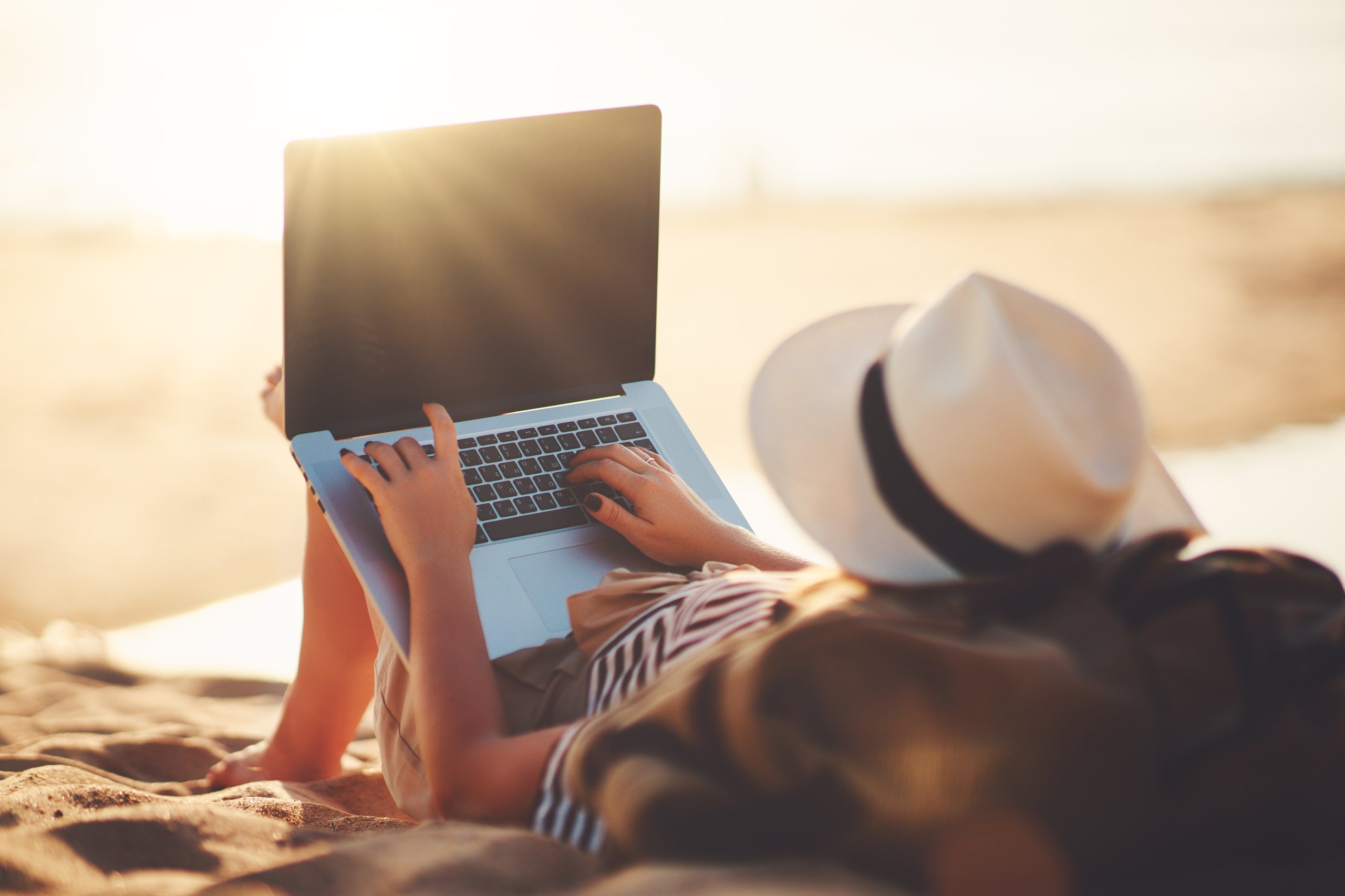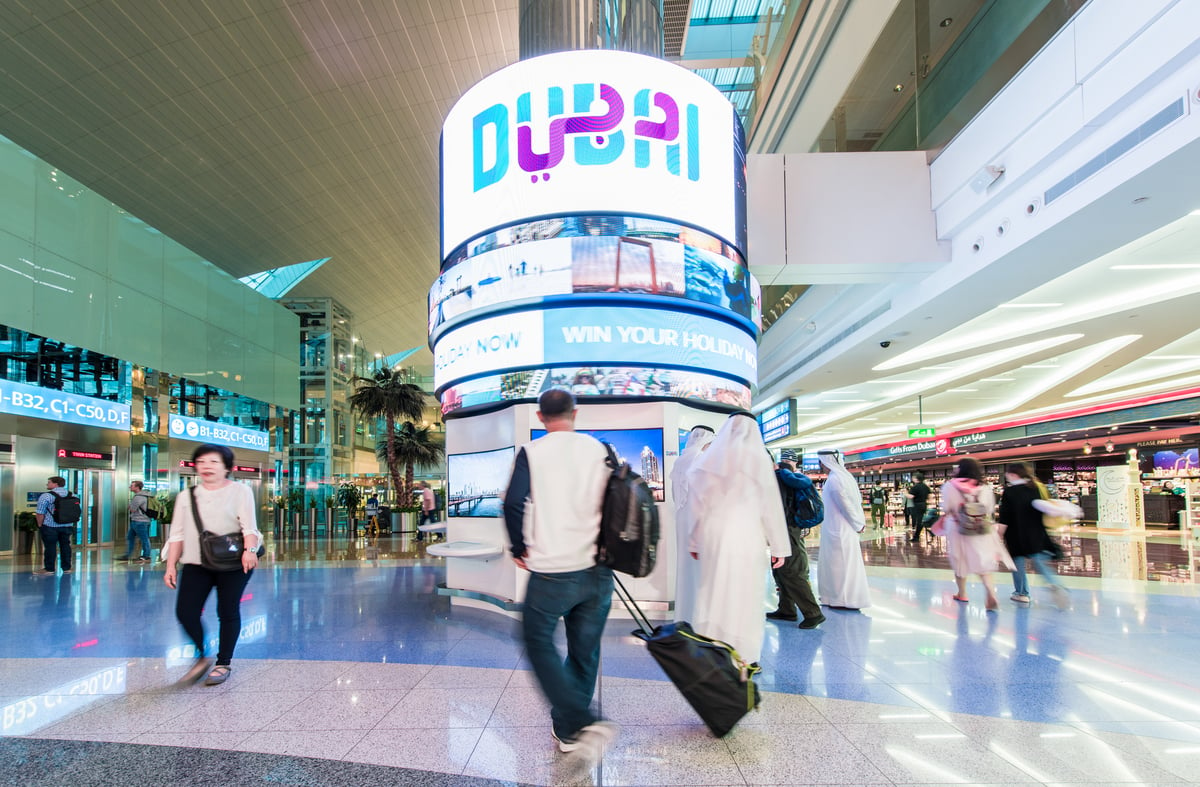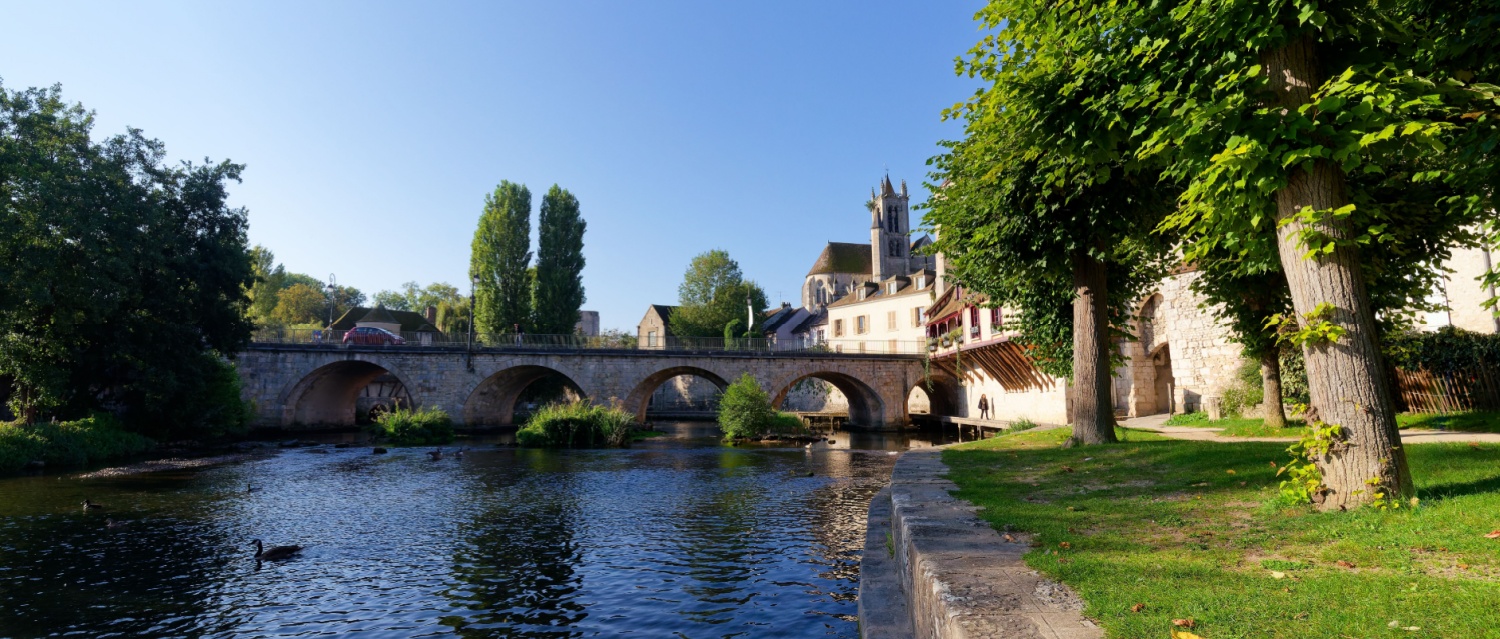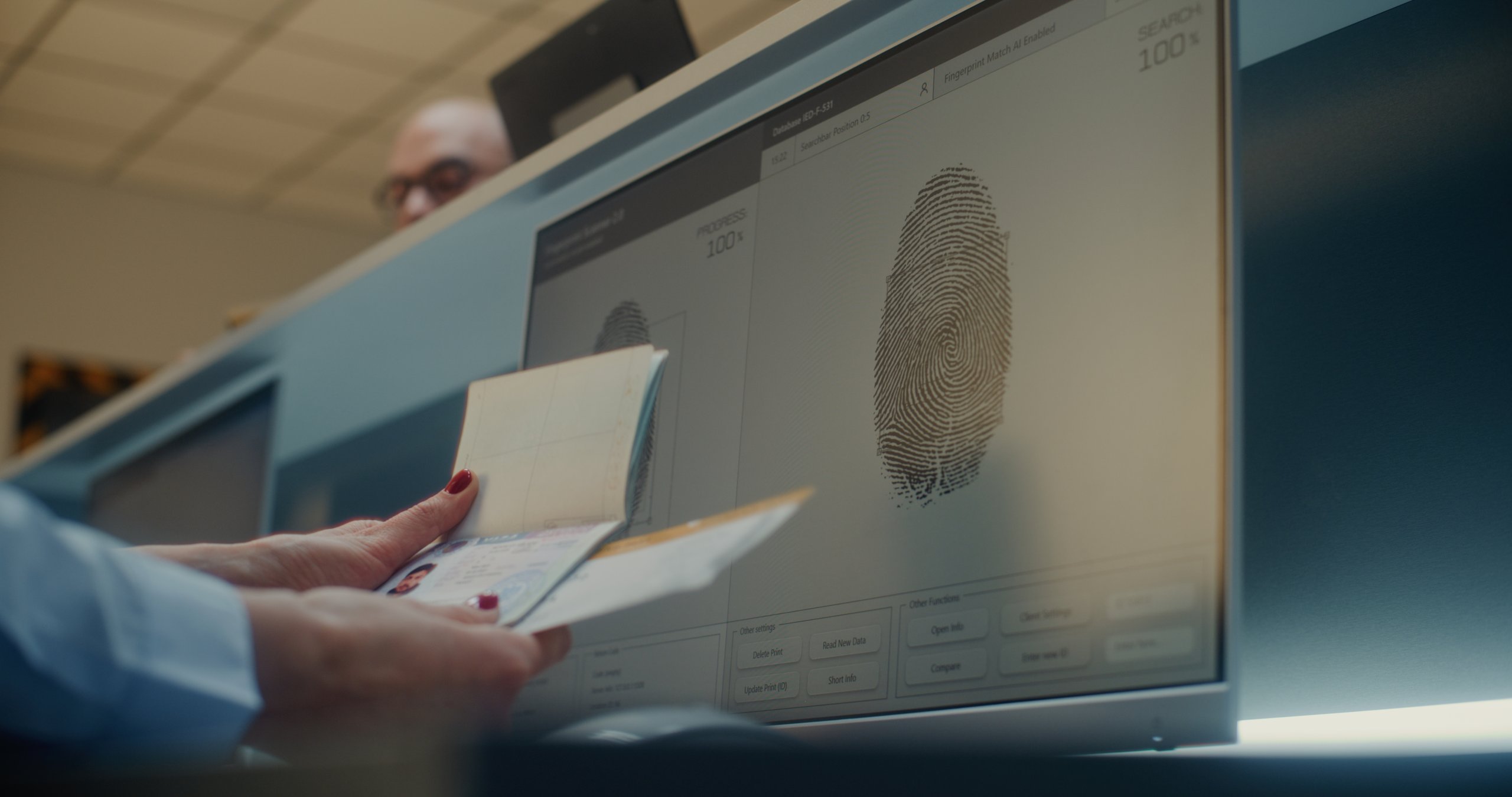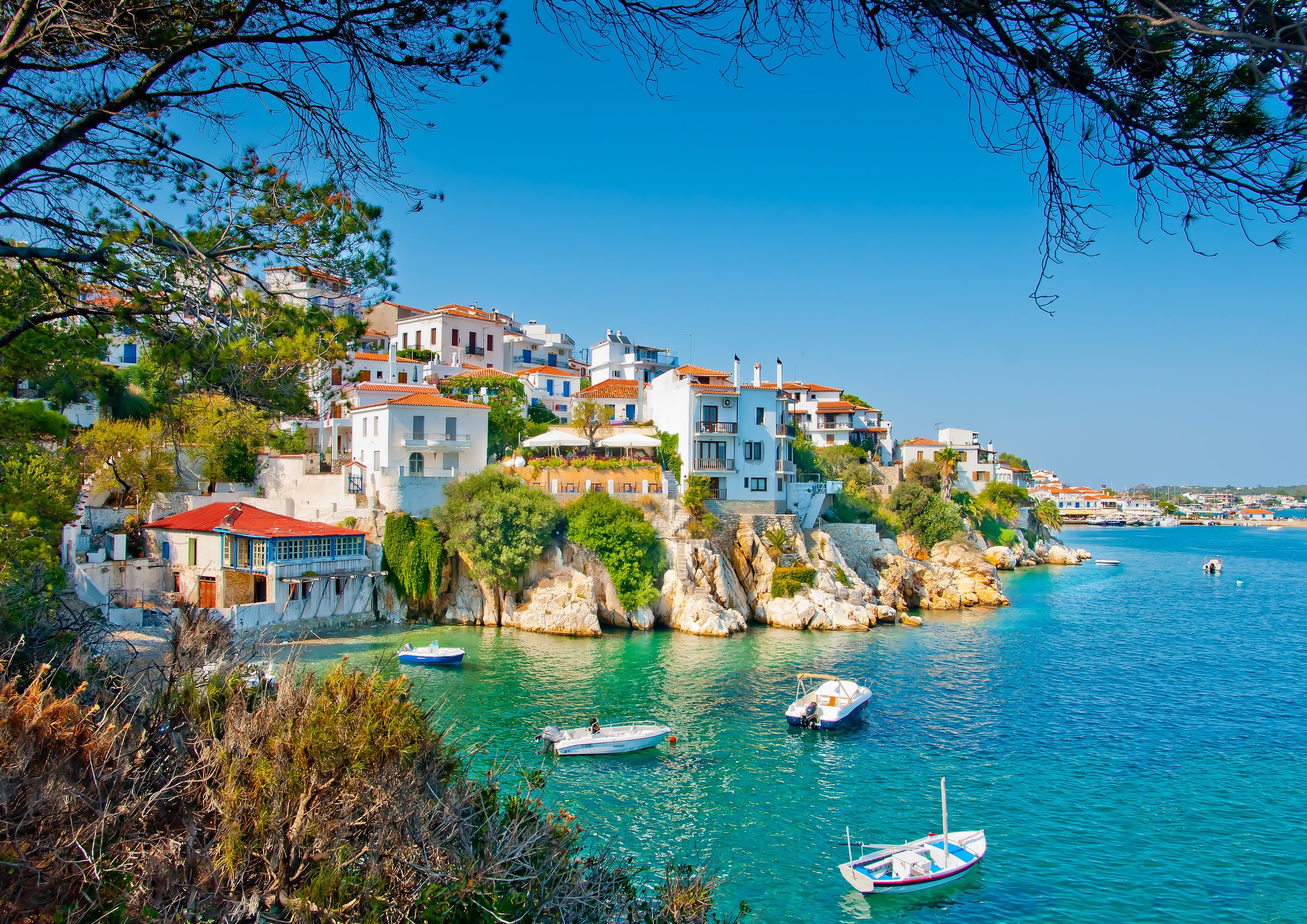Île-de-France isn’t just Paris – though the capital is its beating heart. Buying property in Île-de-France means a home in a region that also includes a diverse mix of departments, suburbs, market towns and scenic countryside that attract thousands of international home hunters every year. Stretching well beyond the city itself, Île-de-France covers an area roughly four times the size of Greater London and is home to more than 12 million people.
If you’re considering a property purchase near Paris – whether for lifestyle, retirement or investment – it pays to explore the different parts of the region and understand how the process works. As we enter 2025, now is an ideal time to buy, with Olympic infrastructure improvements still fresh and softer property prices providing opportunities.
Below we explain what makes Île-de-France so attractive, where to look for value and what steps to take to ensure your purchase is smooth and cost-effective.
Thinking of buying near Paris or in one of the region’s scenic suburbs? Browse our full selection of Property for sale in France to discover stylish apartments, spacious family homes and charming countryside retreats across Île-de-France. It’s the perfect place to start your search for a well-connected French home.
Download the France Buying Guide
Contents

Why you should be buying property in Île-de-France
The heart of French political, cultural and economic life, Île-de-France offers a unique combination of urban sophistication and green, suburban charm. There’s no shortage of reasons why overseas buyers are increasingly drawn to the region beyond just Paris.
Paris remains a global magnet, thanks to its renowned museums, historic architecture and high quality of life. After the 2024 Olympics, infrastructure improvements and renewed investment have only added polish to France’s capital city. Yet living in central Paris isn’t for everyone.
Many international buyers prefer the surrounding towns and departments like Yvelines, Essonne and Val-de-Marne. These areas offer better space, access to nature and often significantly lower purchase prices – all within easy reach of the capital by train.
Île-de-France boasts excellent road, rail and air transport links. Two major international airports – Charles de Gaulle and Orly – ensure the region is well connected to the UK, US and Europe.
For families, the area offers strong international schools and universities. For investors, demand for rental property remains consistent, especially with student populations and business travellers seeking medium- to long-term lets.
For a fuller look at purchasing property abroad, grab your free copy of our France Buying Guide:
Download the France Buying Guide
House prices and property types
When buying in Île-de-France, it’s important to clarify your expectations. The market is heavily skewed towards apartment living, with houses accounting for just 7% of all properties sold in the region.
The greater Paris property market remains among the most expensive in France. The average price for an apartment in Île-de-France is €10,090 per m², with central Paris often commanding double that rate – especially in prime locations like the 6th and 7th arrondissements. However, prices have softened since their 2022 peak, and the market now shows more balanced supply and demand.
Buyers looking for greater value are eyeing outer departments like Seine-et-Marne and Val-d’Oise, where the average house price falls closer to €350,000. These suburban locations often feature larger homes, small gardens and traditional French architecture – perfect for families or retirees seeking more room.
For investors, rental yields across Greater Paris typically range from 4–7%, depending on the exact district and tenant profile. Short-term tourist lets face more regulation, so consider medium- or long-term rentals for better security.
Best locations for buying property in Île-de-France
Île-de-France is far more than central Paris. If you’re looking for a property that fits your needs and budget, your search should explore the wider region’s standout areas. Here are ones to consider in 2025:
Fontainebleau – Located just over 60km south of Paris, this historic town is famous for its royal château and forest. It offers excellent train links, a warm international community and a strong rental market tied to its business school.
Saint-Germain-en-Laye – An affluent suburb with excellent international schools, located west of Paris. It’s a commuter favourite for professionals wanting easy access to the city without sacrificing lifestyle.
Auvers-sur-Oise – This charming town north of the capital attracted Van Gogh and other artists, and still retains a creative air. Ideal for those seeking countryside tranquillity near the city.
Versailles – Home to the famous palace, Versailles is also a practical place to live. It offers a mix of period apartments and larger suburban homes close to top schools and amenities.
Melun and Savigny-le-Temple – Located in Seine-et-Marne, these towns offer family-sized homes at more affordable prices, with rapid rail access to the centre of Paris.
Avoid focusing exclusively on high-end arrondissements unless you have a six- or seven-figure budget. Many up-and-coming areas outside the centre offer better value with growth potential over time.
Is buying in Île-de-France open to foreigners?
Yes — there are no restrictions on international buyers owning property in France, whether you’re from the UK, US, Canada or elsewhere. In fact, the region sees strong interest from foreign investors, retirees and second-home purchasers.
Non-EU buyers should be aware that owning property does not confer residency rights. If you plan to spend more than 90 days in France within a 180-day period, you must apply for a long-stay visa. A valid property purchase can support this visa application but won’t guarantee approval.
Buying through a property-holding company – such as the SCI (Société Civile Immobilière) – can also provide advantages, particularly for inheritance planning or when buying with family members or business partners. However, this route comes with added costs and tax requirements, so it’s essential to seek legal and fiscal advice.
Keep in mind that mortgage terms and tax obligations may be different for non-residents compared to French citizens. For a smoother experience, work with bilingual professionals familiar with assisting foreign buyers.
Steps to buying property in Île-de-France
Buying a home in Île-de-France follows the standard French process but requires local knowledge and careful planning. Here’s how to get started:
- Define your goals:
Are you looking for a permanent residence, a second home or a rental investment? This determines your budget and search criteria.
- Research the market:
Use our property portal and attend virtual property viewing to pinpoint appealing departments or towns. Consider transport links, schools and planning laws.
- Secure your budget:
If buying in a foreign currency, contact a currency exchange specialist early. A forward contract can protect your budget against fluctuations during the 2–3 month buying window. Speak to Smart Currency Exchange to explore your options.
- Arrange financing:
Non-residents can apply for mortgages from French banks, but will typically need a deposit of 20–30% and detailed proof of income. Work with a mortgage broker to identify the right lender.
- Instruct a notaire:
The notaire handles all legal matters and prepares the official sale documents. You can also appoint an independent solicitor for added oversight.
- Make an offer:
Offers are usually made in writing. If accepted, both parties sign a preliminary contract – either a compromis de vente or promesse de vente – and the buyer pays a deposit of around 10%.
- Complete the sale:
After due diligence, the final deed (acte de vente) is signed at the notaire’s office, and the balance of the purchase is paid. You now own your French home.
A local agent can be a valuable ally throughout this process, especially when bridging the language gap or negotiating favourable terms.
Understanding the fees and costs
Buying property in Île-de-France involves several one-off and ongoing costs that international buyers should account for:
Notaire fees: For existing properties, you’ll pay approximately 7–8% of the purchase price, which includes registration taxes and the notaire’s services. For new-builds, fees are lower — around 2–3%.
Agent fees: Often included in the advertised price, but always confirm in writing. They typically range from 3–6%, depending on the agency and location.
Legal and translation: Some documents may require official translation. Advice from a bilingual lawyer is optional, but highly recommended for non-French speakers.
Currency transfers: Using a specialist rather than a high-street bank can help you save thousands, especially on larger transfers.
Ongoing taxes: Property owners must pay taxe foncière (land tax) and taxe d’habitation (in some cases). Rates vary depending on location and property value, so consult a local tax adviser.
Maintenance charges: If you buy an apartment, you’ll be liable for communal charges – known as charges de copropriété – which cover lifts, cleaning, repairs and shared utilities.
With careful planning and professional support, buying in Île-de-France can be a rewarding investment and an exciting lifestyle move. Whether you’re drawn by the elegance of Paris or the charm of surrounding towns, the region has something to match every ambition.
Next step: Ready to explore properties in Île-de-France?
Speak with one of our expert consultants to start planning your move today.
If you’re comparing where to buy property in France, explore all your options with our 2025 region-by-region guide. And when you’re ready to take the next step, our expert resource on how to buy property in France will walk you through the process from offer to ownership.
Frequently asked questions
Yes. France places no restrictions on foreign ownership, and Île-de-France sees strong demand from overseas buyers. Whether you’re purchasing a main home, a rental investment or a second property, the process is open and secure.
While central Paris is among the most expensive markets in France, more affordable options exist in outer departments like Val-d’Oise, Seine-et-Marne and Essonne. These areas offer good value, better space and excellent transport links into the capital.
It typically takes around 2–3 months from offer to completion. After signing a preliminary contract and paying a deposit, your notaire conducts the required legal checks before the final deed is signed and ownership is transferred.
No, but having bilingual professionals is strongly advised. A bilingual notaire, estate agent or solicitor can help you navigate the legal process and ensure nothing is lost in translation – especially with contracts and official documents.
Your Overseas Home offers guidance from start to finish – including free consultations, trusted agent introductions, and expert advice on currency exchange, legal processes and mortgages. Book a consultation to start your search in Île-de-France.

